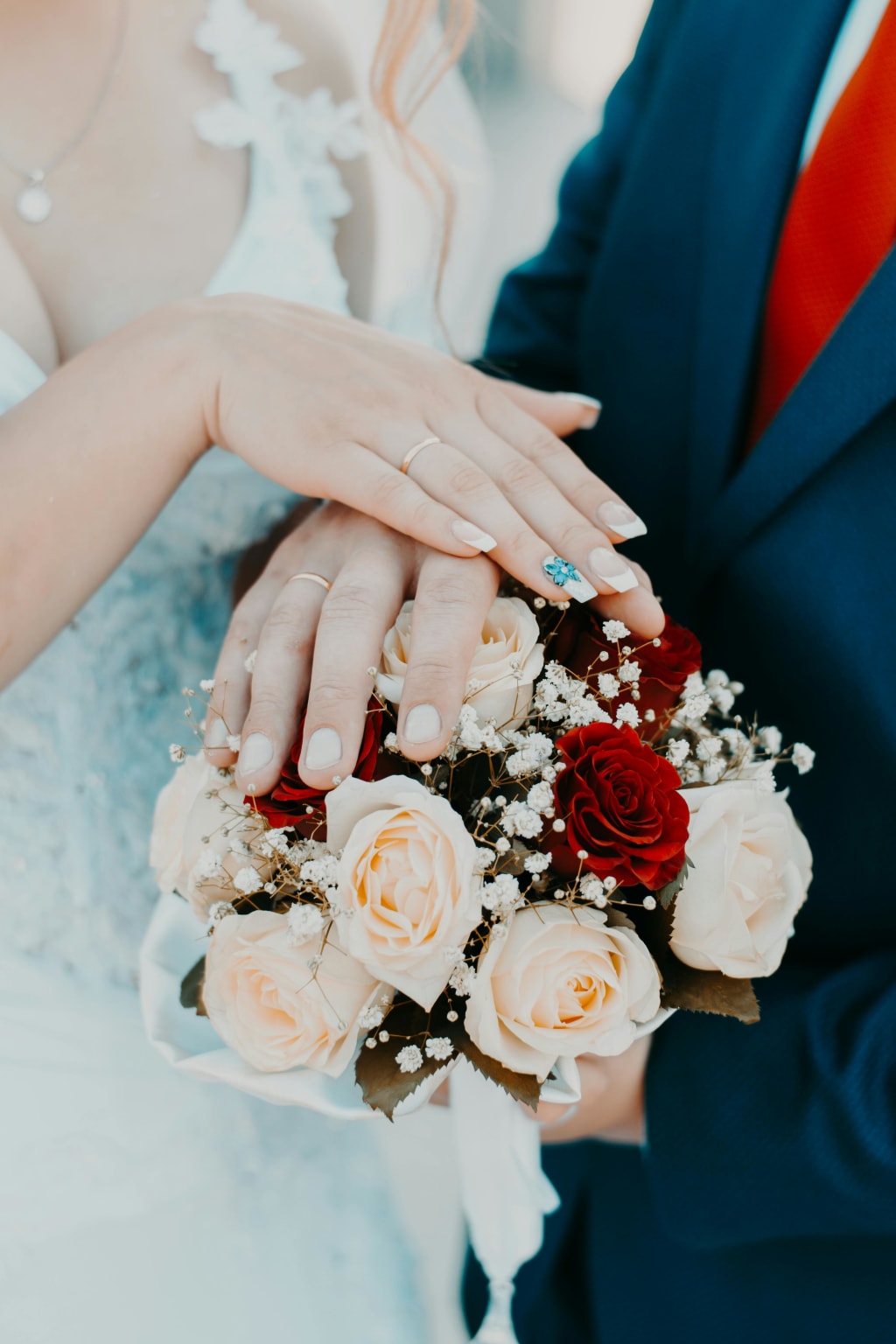The Evolution of Marriage Across Cultures
How marriage customs and traditions have evolved over time

Marriage, as a social institution, has experienced significant advancement over societies all through human history. From antiquated civilizations to present day social orders, the concept of marriage has been molded by differing social, devout, and financial components, reflecting the values and standards of each community. This exposition investigates the multifaceted advancement of marriage over distinctive societies, following its verifiable improvement and highlighting key changes that have molded this essential institution.
- Antiquated Civilizations and Early Shapes of Marriage
The beginnings of marriage can be followed back to antiquated civilizations such as Mesopotamia, Egypt, and China, where marriage served basically as a viable course of action for financial and social purposes. In these early social orders, marriage was regularly a legally binding union between families, outlined to fortify organizations together, oversee property legacy, and guarantee social steadiness. Ladies were regularly seen as property, and marriage was administered by patriarchal traditions and conventions.
- Classical Relic: Cherish and Companionship
The Greco-Roman world presented unused points of view on marriage, emphasizing the beliefs of sentimental adore and companionship between accomplices. In spite of these sentimental beliefs, marriage remained a patriarchal institution, with ladies frequently subjected to societal desires and legitimate limitations. In old Rome, marriage was a legitimately authoritative contract represented by strict laws, reflecting the significance of familial ties and social status.
- Medieval Europe and the Impact of Christianity
With the spread of Christianity over Europe amid the Center Ages, marriage got to be a hallowed union endorsed by devout teach. The Church played a central part in controlling conjugal hones, emphasizing the otherworldly noteworthiness of conjugal bonds and advancing monogamy. Medieval Europe saw the rise of formal marriage ceremonies conducted by clergy, fortifying the devout holiness of conjugal unions.
- Asia: Social Differing Qualities and Conventional Practices
Marriage traditions in Asia were impacted by assorted social hones and devout convictions. In India, organized relational unions based on caste and family contemplations won, reflecting social progression and community values. Confucian standards in China emphasized obedient devotion and family honor, forming conjugal conventions and sex parts. In Japan, marriage customs reflected a mix of Shinto and Buddhist traditions, highlighting respect for predecessors and communal ties.
- Colonialism and Social Trade
The Age of Investigation and colonial extension brought modern flow to marriage as European powers experienced innate societies in the Americas, Africa, and Asia. Colonial specialists forced Western standards of marriage and family structure on colonized social orders, driving to the digestion of innate traditions and hybridized shapes of marital conventions. Social trade and intermarriage between colonizers and innate populaces contributed to the enhancement of conjugal hones.
- Cutting Edge Period: Social Developments and Changing Standards
The advanced time seen noteworthy changes in conjugal standards and hones, driven by social developments pushing for sexual orientation uniformity, respectful rights, and person independence. The women's activist development challenged conventional sexual orientation parts and patriarchal ideas of marriage, driving to changes in separate laws, regenerative rights, and conjugal assent. The 20th century saw the legalization of interracial marriage in numerous nations, reflecting advancing states of mind towards differences and multiculturalism.
- Modern Patterns: Differences and Adjustment
Nowadays, marriage proceeds to advance in reaction to globalization, relocation, and changing social states of mind. Western social orders have seen a move towards non-traditional shapes of organization, counting cohabitation, same-sex marriage, and open connections. In the interim, conventional hones hold on in numerous societies, adjusting to cutting edge substances whereas protecting social personality and legacy.
- Conclusion
In conclusion, the advancement of marriage over societies reflects the energetic interaction of authentic, social, and social strengths. From antiquated legally binding unions to modern expressions of association, marriage remains a crucial institution that reflects and shapes the values and convictions of assorted social orders. Understanding the advancement of marriage enhances our appreciation of human connections and highlights the persevering centrality of this all inclusive institution in forming the texture of society.






Comments
There are no comments for this story
Be the first to respond and start the conversation.